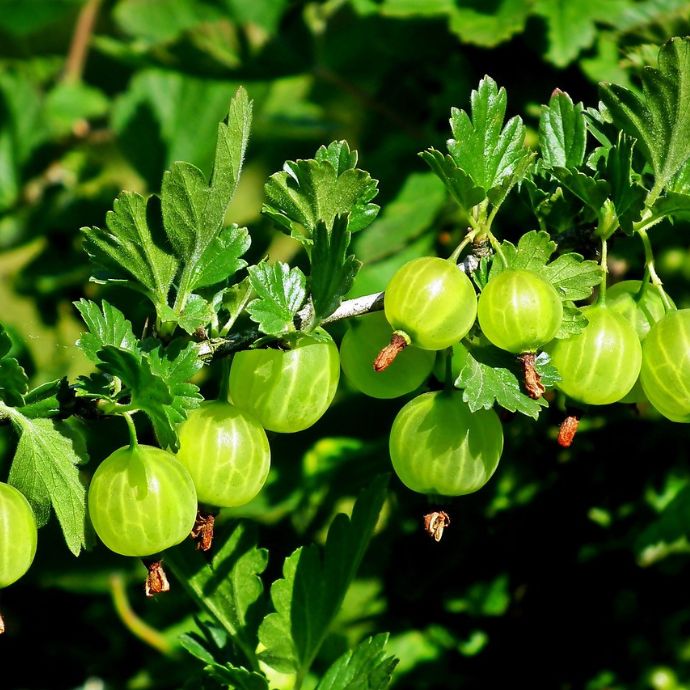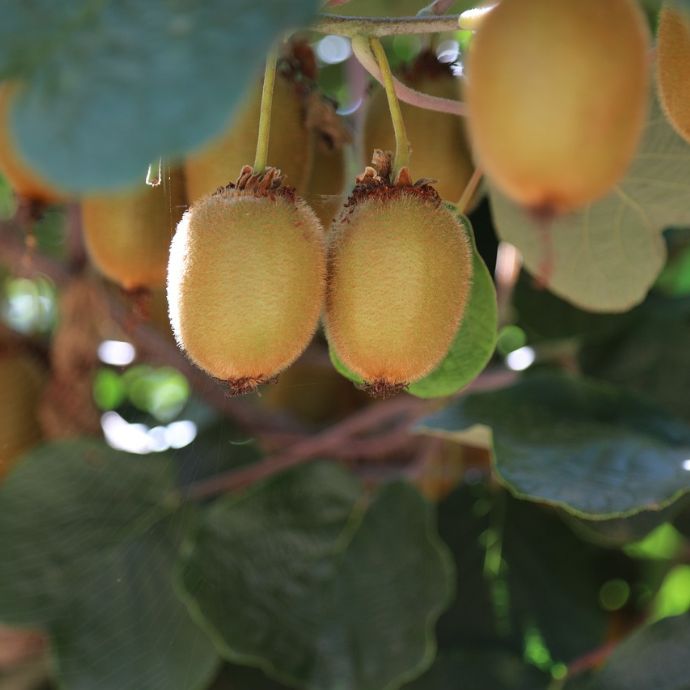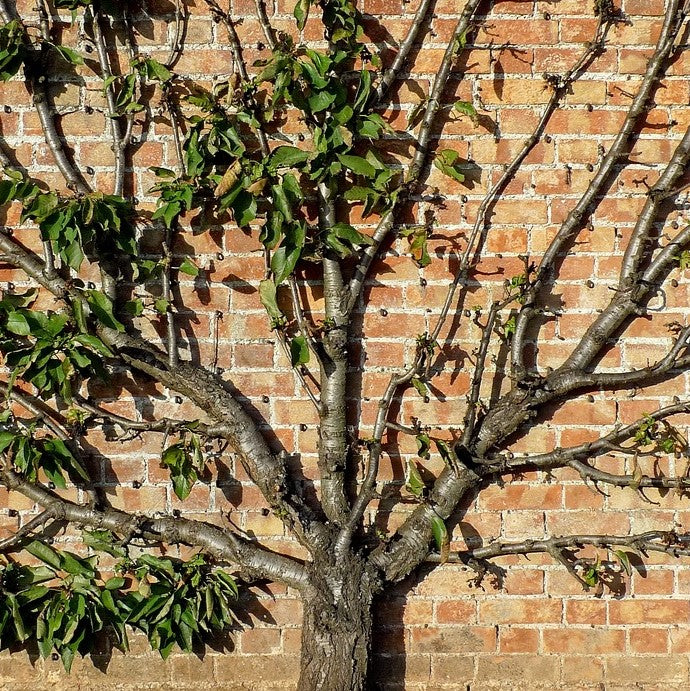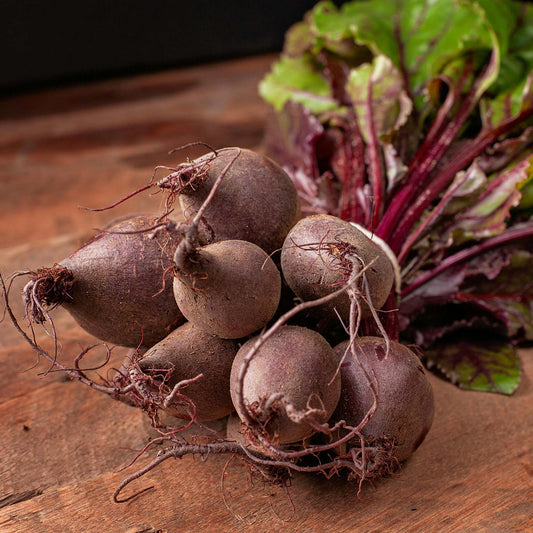Vegetable Planting Calendar UK (And When to Harvest)
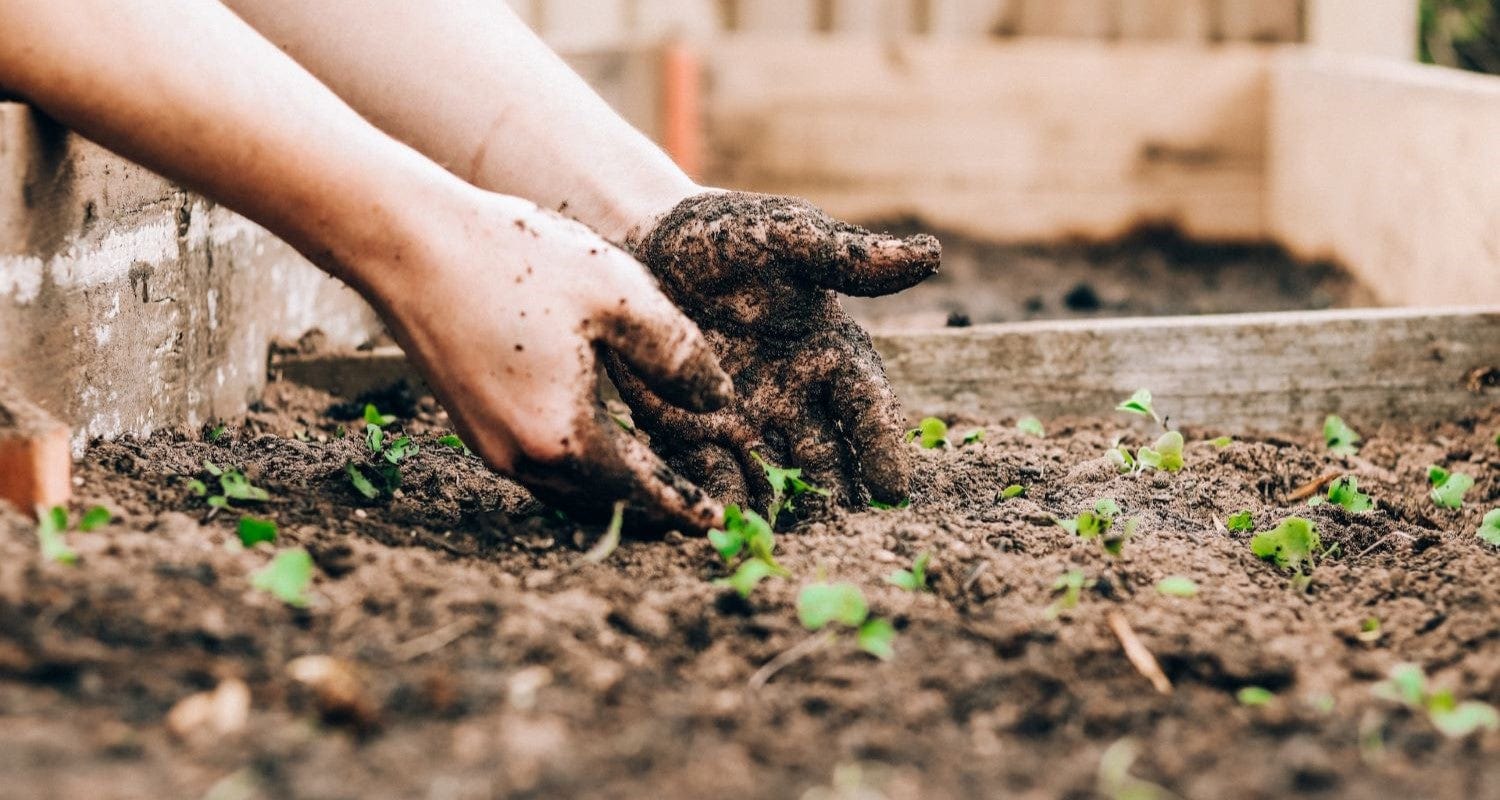
Fresh, homegrown vegetables all year round - it’s the dream!
Successful vegetable growing is all about the preparation and the timing - even when you’re not planting you can be thinking ahead and getting the conditions right, as well as enjoying your harvests. If you stagger these tasks throughout the year, you’ll be able to focus on growing healthy plants without getting too overwhelmed during the busier seasons.
That’s why we’ve put together this handy vegetable planting guide by month. It’ll walk you through when to plant vegetables, when to harvest them and what to do when you can’t do either. Whatever the time of year, there’s always something to do on the vegetable plot…
What to plant in…
Vegetable plot jobs for January
Prepare and protect.
It may be too early to plant anything (although in milder areas you could start your garlic, generally the ground will be too hard yet) but there’s still plenty you can be doing to prepare for this year’s veg crops. If the ground isn’t frozen, you can top up your vegetable beds with compost or well rotted manure, repair any damaged ones and even build new beds if you’re feeling motivated!
If there’s frost or snow predicted, it’s a good idea to protect your crops with a layer of fleece. You can also prune out any yellowing leaves on your brassicas and stake any taller ones that might be at risk from strong winds.
If you’re planning to plant potatoes in the next couple of months, you can give them a head start now by chitting them.
What to harvest
Leeks, celeriac, parsnips, cut and come again leaves including lettuce, spinach and winter salads.

What to plant in February
Garlic, onion and shallot sets.
Unless your soil is frozen, it’s a good time to get onion, shallot and garlic sets in the ground, for a late spring/early summer harvest. Apart from that, it’s more plotting and planning! February is a good time to take stock of your growing space, deciding which crops you’ll plant this year and where.
You can also cover your vegetable beds with cardboard and weigh it down with stones to warm up the soil ready for planting. Keep an eye on the frosts too, and be ready with the fleece or bubble wrap if you have salad crops outdoors.
What to harvest
Leeks, celeriac, parsnips, winter salads and lettuce, spinach and chard, turnips and swede, spring onions, kale and leafy greens, cabbages and cauliflowers.

What to plant in March
First early potatoes, asparagus, Jerusalem artichokes.
If you haven’t already planted your garlic, onions and shallots, you should aim to get them in by the end of this month, along with first early potatoes, asparagus crowns and Jerusalem artichoke tubers. Make sure to mix in plenty of rich compost or well rotted manure when planting these, to give them a nutrient boost.
In the rest of the vegetable beds, the focus is on improving the soil to give your spring and summer crops the best start. Rake it and remove any stones, while removing any weeds while they’re still small. You can then feed the soil with seaweed fertiliser, a homemade comfrey feed, chicken manure or a blood, fish and bone fertiliser.
If the weather’s warming up you may be tempted to start your main summer planting, but hold on for the moment, as there’s still a risk of frost. You could always start off some crops indoors.
What to harvest
Sprouting broccoli, spring cabbages and greens, spring onions, winter salads, spinach and chard.

What to plant in April
Second early and maincrop potatoes, onions, asparagus.
Keep an eye on the last frost predictions this month - in warmer areas of the UK you may be able to risk planting out crops like kale, spinach, chard and brassicas under cloches or fleece, but for most of us it pays to wait a little longer. Get any remaining potatoes and onion sets in the ground early this month and earth up any first earlies you have growing. Any new asparagus crowns should also be in the ground by the end of the month.
Elsewhere in the garden, it’s a good time to build new pea and bean supports (or clean and repair old ones) and put them in place.
What to harvest
If you’re lucky, you’ll now be picking the first asparagus of the year! Sprouting broccoli, celeriac, parsnips, leeks, turnips, cabbages and leafy greens may still be coming too - it’s time to harvest the last of your winter crops to make way for new plants.

What to plant in May
Peas, beans and broccoli.
Finally! The risk of a last frost will pass this month - usually after the first two weeks - and you can embark on that planting spree you’ve been waiting for. Root vegetables, brassicas and kale should be fine barring cold winds, but make sure you protect more tender crops like herbs, tomatoes, sweetcorn, squashes, courgettes, cucumbers, beans and peas, chillies, peppers and aubergines by covering them with cloches, cold frames or grow tunnels.
If you are planting out, it’s vital to get ahead of your pest protection too - be prepared for pigeon attacks by netting leafy plants like cabbages and looking out for slugs morning and night, especially after rain. You can protect against slugs and snails by surrounding your young plants with a barrier of crushed eggshells, gravel, bark or copper tape, which discourages the slimy enemy from getting close.
What to harvest
It’s a bit of a lean month unless you have a mature asparagus bed or watercress stream, in which case this is the best month of the year. You can still pick any remaining salad leaves, spring onions, kale, spinach and chard from the autumn.

What to plant in June
Tomatoes, cucumbers and brassicas.
If you haven’t started planting yet, don’t worry - vegetables planted in June will grow quickly due to the warmer weather and longer days, and you don’t have to worry about frost. You can plant out anything and everything this month, including sweetcorn, root veg and herbs. If you planted out too soon and lost any peas and beans to frost or pests, you can try again this month and will probably have a better success rate.
Now most of your plants are growing outdoors, you can see if there are any gaps and fill them with smaller plants like carrots, spring onions and beetroot.
Anything planted in May will now be growing well - however so will the weeds, so keep on top of those as well as staying vigilant for pests.
What to harvest
You can cut outer leaves from early-planted lettuce, spinach and chard, as you need them. You might also get some early peas, beetroot and carrots later on this month.

What to plant in July
Plant all the things.
Keep planting summer vegetables all this month for late summer and autumn crops, including peas and beans, tomatoes, chillies, peppers, root veg, brassicas, sprouts, herbs and leafy greens. In fact this is a great time to take stock of what’s going well in your garden and what’s not, so you can fill those gaps before it’s too late.
Unless we get a particularly wet July, this month can feel like a constant round of watering. Some particularly thirsty crops like tomatoes will need watering daily. You’ll also want to feed your plants regularly. Any that produce flowers, like courgettes and squashes, chillies and peppers, will do well on tomato fertiliser whereas brassicas and leafy veg need a nitrogen rich food.
What to harvest
Beans and peas, courgettes and summer squash, beetroot, carrots, potatoes, onions and spring onions, lettuce and leaves.

What to plant in August
Fill in the gaps.
It’s time to get the most from your plot by filling in any spaces left by plants you’ve already harvested, that failed or were eaten by pests. Autumn planting vegetables available to order now include turnips and swede, kale, broccoli, cabbages, cauliflowers, leeks, beetroot, fennel, chard and spinach. If you get some lettuces, salad leaves and spring onions in now, they’ll be ready for harvests in a few weeks (lettuces, spring onions and salad leaves) while the slower growing crops will keep you in produce right up until spring.
It’s a busy time for harvesting, watering and weeding! Make sure your developing brassica heads are netted against caterpillars and keep an eye out for slugs, especially if you’re growing leafy greens and potatoes.
If your tomatoes, courgettes and squashes are still cropping, keep feeding them regularly.
What to harvest
It’s more of a case of what not to harvest… this month you’ll get lettuce, spinach, chard and kale leaves, tomatoes, chillies and peppers, aubergines, beans and peas, summer squash, courgettes and cucumbers, potatoes, turnips, swede, beetroot and carrots, onions and shallots (wait until onion and shallot leaves turn yellow before pulling them).

What to plant in September
Kale, cabbages and spinach.
With the soil still warm and an increase in rainfall, September and October are ideal months to plant autumn vegetables. Kale, chard and spinach are best planted early on in the month, and you can grow them in pots, along with pak choi, tatsoi, winter lettuces and salad leaves.
Plant turnips and beetroot in raised beds or borders and harvest them when they’re about the size of a golf ball - they’ll be lovely and tender! Broccoli is a safe bet now too - it might not look like it’s doing much over winter, but by spring it’ll be well established and start producing florets.
Herbs and wildflowers planted now will also grow well, putting down a strong root system before it gets too cold.
What to harvest
Maincrop potatoes, sweetcorn, tomatoes, beans, chillies and peppers, squashes and courgettes (yes, they’re still coming!), summer broccoli, celery.

What to plant in October
Winter salads, greens, turnips and broccoli.
If you haven’t yet planted your autumn vegetables, you haven’t missed the boat: get them in the ground by the middle of this month and they’ll start cropping from late November to early spring.
Quick growing crops like pak choi, tatsoi, spring greens and mustard are ideal - these only take a few weeks to produce their first leaves, and you can cut what you need from them regularly. Autumn planting varieties of turnips, swede, broccoli and cabbages can stay in the ground over winter, ready to be picked in spring.
When you pick your squashes and pumpkins, you can make them last longer by ‘curing’ them - leaving them in the sun for a few days will ripen the flesh inside and harden up the skins for better storage properties.
What to harvest
Autumn planted squashes & pumpkins, beetroot, kohlrabi, the last of the summer veg including beans, tomatoes (you can now ripen them indoors), chillies and peppers, leeks.

Vegetable plot jobs for November
Time for troubleshooting.
All you can plant by way of veg this month is garlic sets and rhubarb (technically a vegetable), but both crops are worth a go if you have any space in your plot!
If you have overwintering or perennial vegetables still in the ground at this point, you can add them to your autumn mulching schedule. Mulching is a really useful thing you can do to get more nutrients into the soil and protect your plants from cold weather. As well as improving your soil, it’s a good time to check for pest and disease issues. If any of your plants have been affected, remove them and dispose of them in the black bin, not the compost. You might notice some leaves on your brassicas turning yellow - this is generally a sign of the plant trying to conserve energy, so just remove the affected leaves and the rest of the plant should be fine.
If it’s raining a lot, make sure you carry out slug patrols morning and night, and remove any slimy offenders from your plot.
What to harvest
Root vegetables, brassicas, winter salads and leaves.

Vegetable plot jobs for December
Cover, rake and mulch.
You can still plant garlic and rhubarb in December, but if you’ve been following this guide, you’ve probably done that already and besides, the ground may well be frozen by this point.
There’s plenty you can be doing on the plot this month - it’s a good time to cover your autumn planted salads against winter frosts and if you have empty beds, you can cover over the soil with cardboard to keep in the nutrients for spring.
Raking up leaves may be boring, but if you make leaf mulch, at least it’ll feel more productive!
What to harvest
Summer planted root veg and brassicas, celeriac and leeks; winter salads and leaves, brussels sprouts (what timing!).

Last updated: 13/11/2023

